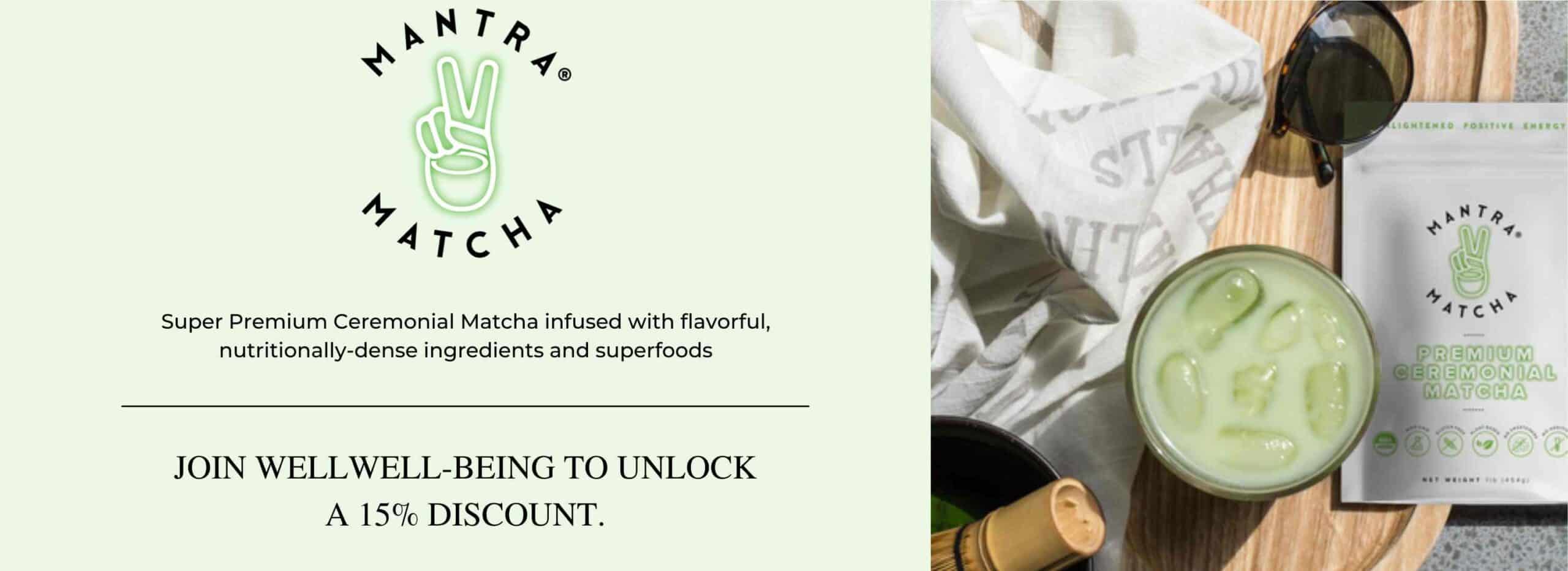By John Salak –
Despite what many would assume, Americans are into gardening. The U.S. is actually one of the world’s top three gardening countries, with about 55 percent of all households working to grow something on their own plot of land.
Axiom went on to report that about 55 percent of these gardens have been planted to enhance a homeowner’s landscape, while about 45 percent of gardeners grow things they can eat, with tomatoes being at the top of the edibles list.
This greening of America is no small matter as the average American household spends just $600 a year to support their activities. This combined effort has to bring smiles to those who advocate sustainable living and more nutritious diets.
Unfortunately, gardeners may be more at risk than they realize—and not from what they’re producing. A new study warns that roughly one in four U.S. households have soil exceeding the new U.S. Environmental Protection Agency’s lead screening levels of 200 parts per million (ppm), halved from the previous level of 400 ppm.
It is even worse for households with exposure from multiple sources. The EPA lowered the guidance to 100 ppm and nearly 40 percent of these households exceeded that level, the study notes.
“I was shocked at how many households were above the new 200 ppm guideline,” noted Gabriel Filippelli, a biochemist at Indiana University who led the new study. “I assumed it was going to be a more modest number. And results for the 100 ppm guideline are even worse.”
Rectifying this problem—which impacts almost 30 million households—is no simple matter. Using the traditional “dig and dump” soil removal methods could cost upward of $1 trillion, the researchers estimated.
Do nothing isn’t a great option either—even for those who don’t garden. Lead is a heavy metal that can accumulate in the human body with toxic effects. In children, exposure to lead is associated with lower educational outcomes. In the United States, the burden of lead exposure has historically fallen on lower-income communities and communities of color because of redlining and other discriminatory practices.
Lead pollution traditionally stems from aging water pipes, old paint and remnant gasoline and industrial pollution. Today, however, most lead exposure comes from contaminated soils and dust, even after the lead-containing infrastructure was removed.
The related dangers have been known for years, even highlighted when the Centers for Disease Control and Prevention first set a limit in 1991 on the concentration of lead in blood at 10 micrograms per deciliter. It has since been lowered several times until it reached the current limit of 3.5 micrograms per deciliter.
The EPA’s soil lead screening level, for its part, remained unchanged for more than 30 years until January 2024. The lag was likely due to “the immensity and ubiquity of the problem,” the study authors wrote. “The scale is astounding, and the nation’s lead and remediation efforts just became substantially more complicated.”
The reason is simple and disturbing. Once the EPA lowers a screening limit, it needs to tell people what to do if their soils exceed it. This is where the dangerous and costly rub comes into play.
As noted, the dig-and-dump remedy’s price tag could reach $1.2 trillion and it is probably applicable in limited areas. A cheaper option is “capping,” which involves burying the contaminated soil with about a foot of soil or mulch. A geotechnical fabric barrier can also be installed.
Most lead contamination is in the top 10 to 12 inches of soil, so capping either covers up the problem or dilutes it to an acceptable level, Filippelli explained. “Urban gardeners have been doing this forever anyway, with raised beds, because they’re intuitively concerned about the history of land use at their house,” he said. Capping is also a quicker process.
“A huge advantage of capping is speed. It immediately reduces exposure,” Filippelli said. “You’re not waiting two years on a list to have your yard remediated while your child is getting poisoned. It’s done in a weekend.” Capping, however, isn’t a slam dunk. It still requires time and effort. It also requires that residents find clean soil, transport it to their homes and spread it out.
But the health benefits likely outweigh the costs. It may also be one of the few viable options in the face of a staggering problem, he explained.
There are still a lot of unknowns when it comes to getting these problems under wraps. Filipelli, nonetheless, is optimistic. “I’m really optimistic,” he said. “Lead is the most easily solvable problem that we have. We know where it is and we know how to avoid it. It’s just a matter of taking action.”













